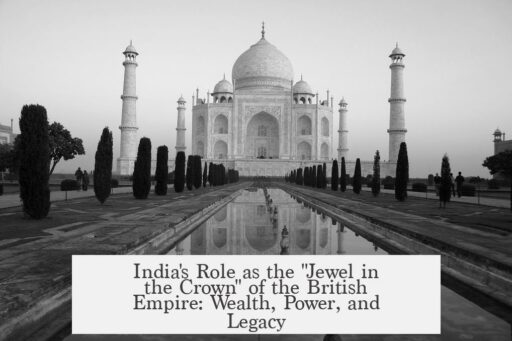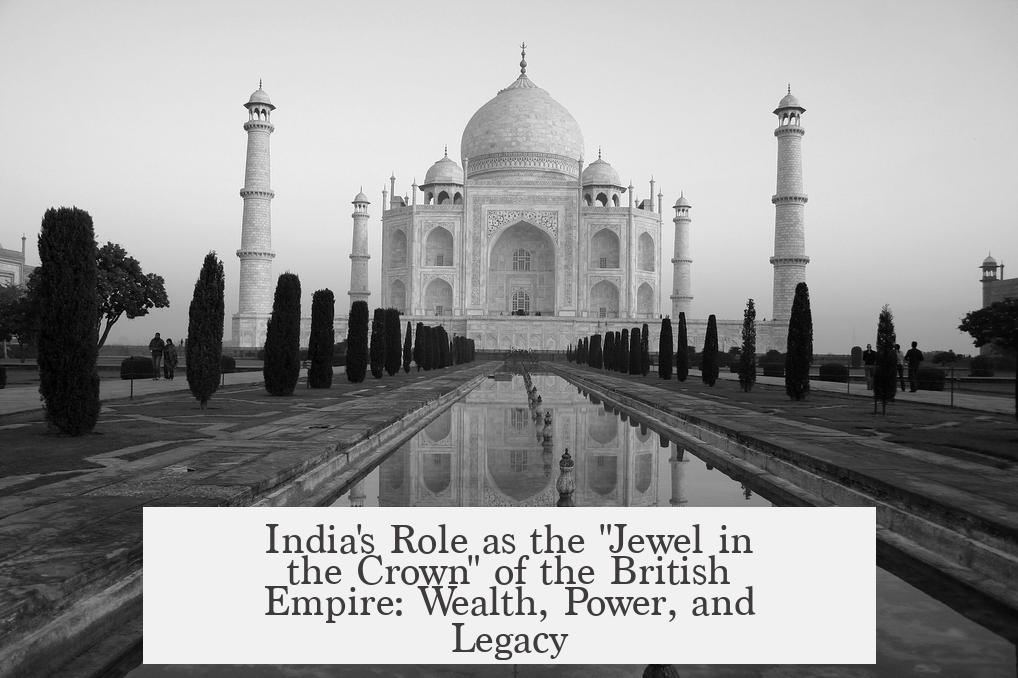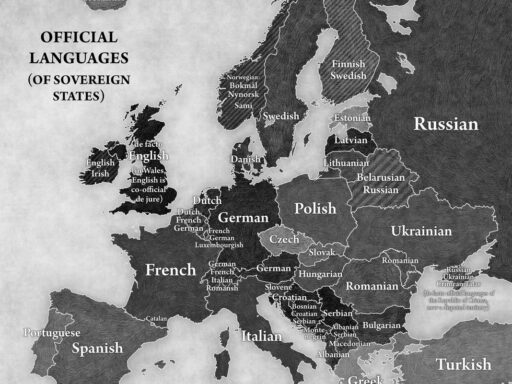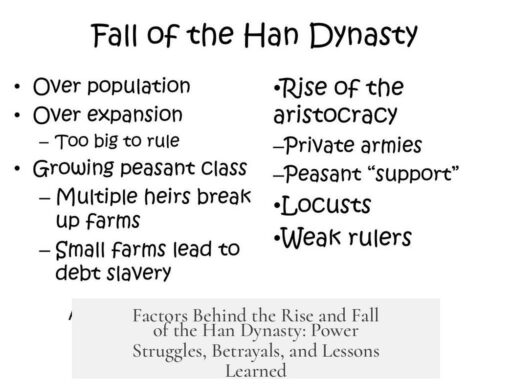India earned the title “Jewel in the Crown” of the British Empire because it was the empire’s most valuable colony economically, militarily, and symbolically.
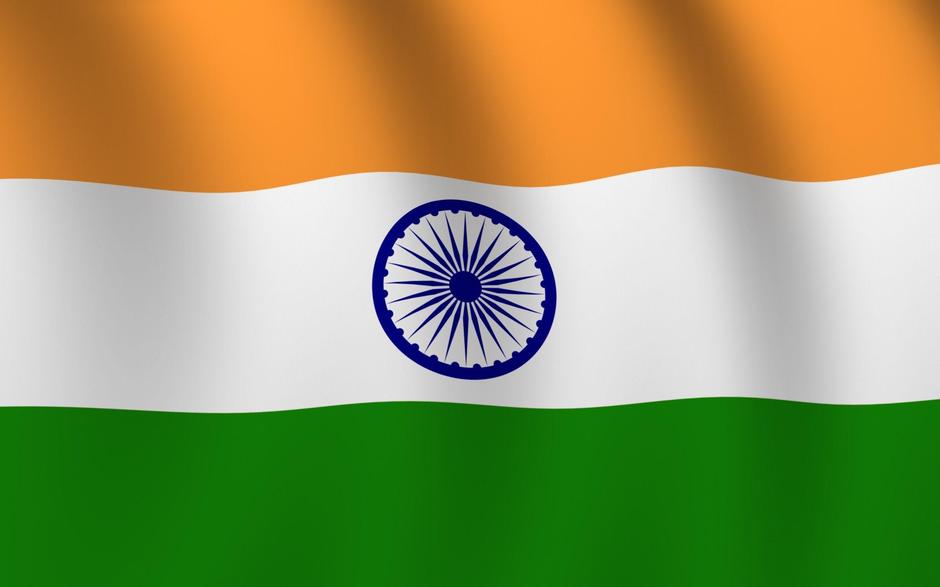
From a financial standpoint, India provided Britain with vast wealth. It produced lucrative cash crops at very cheap prices, eliminating the need for Britain to buy such goods with gold. This trade brought a significant economic advantage. Britain extracted raw materials cheaply and then sold finished goods back to India at high prices, creating a trade imbalance that enriched the British economy.
India also boosted British military power. It funded and supplied soldiers for the British Army in Asia, increasing Britain’s martial strength far beyond what the small British population alone could sustain. Indian troops fought alongside British forces in colonial wars across Asia, Africa, and Oceania. In the 20th century, Indian soldiers played key roles in World Wars I and II. Control over India’s massive saltpeter production, a critical ingredient for gunpowder, gave Britain a crucial military resource. Around 70% of the world’s saltpeter came from India after the British conquered Bengal in the 17th century.
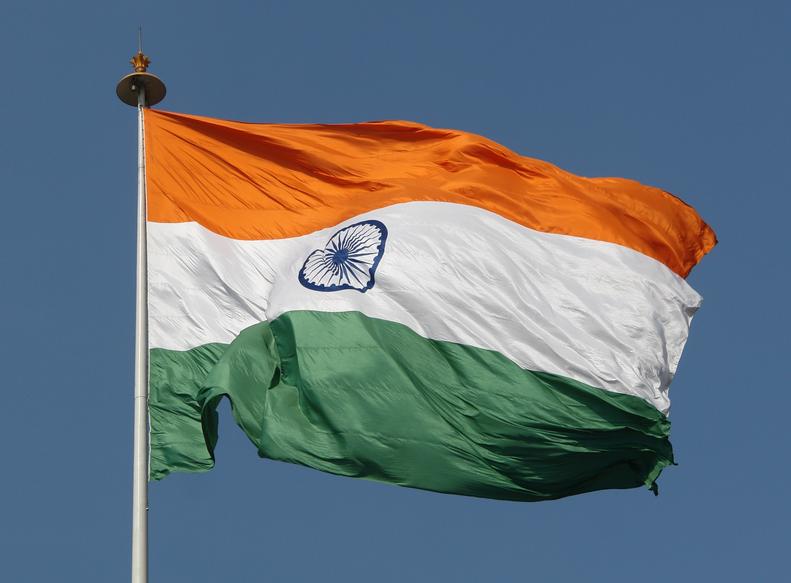
Symbolically, India held a special place in the British Empire. After the costly Sepoy Rebellion in 1857, Britain took direct control of India in 1858, ending East India Company rule. Queen Victoria was crowned Empress of India, emphasizing the colony’s importance. This title reflected India’s position as the prized possession in Britain’s imperial ambitions.
Historically, Indian textiles once formed a valuable part of the empire’s economy before industrialization. Indian cloth was sought-after luxury goods in Europe and an important trade commodity to acquire spices. However, during the British Raj, indigenous textile industries declined because they could not compete with British manufactured products. Cash crops, military power, and strategic resources became more important than textiles.
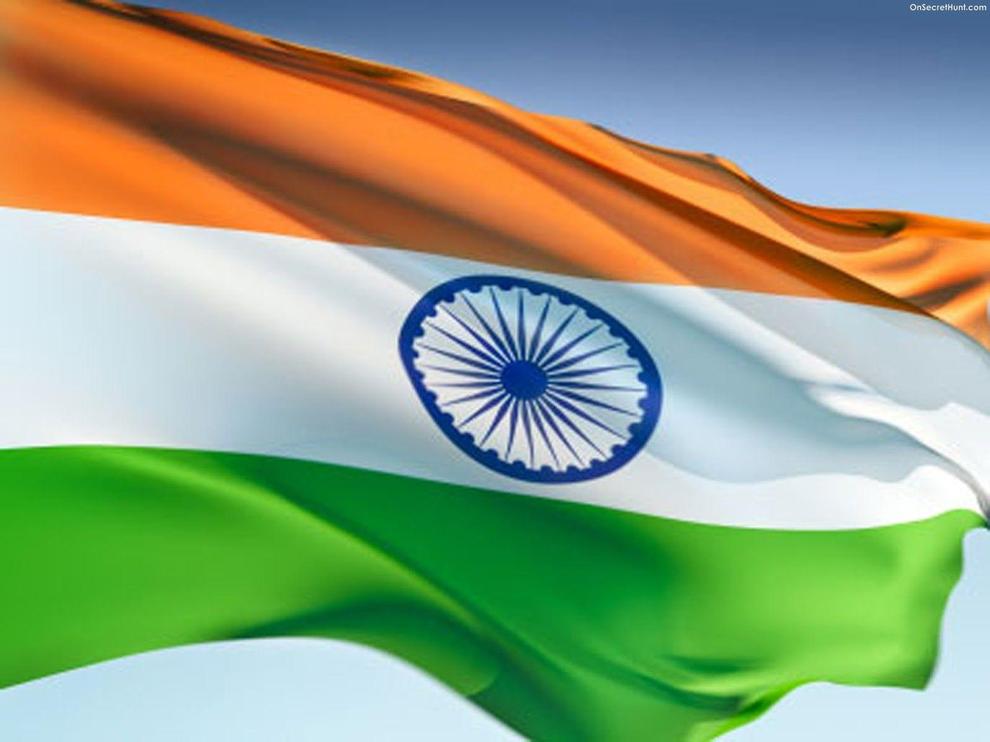
| Aspects | Details |
|---|---|
| Economic Value | Cash crops, trade imbalance, cheap raw materials |
| Military Support | Funding army in Asia, key role in wars, saltpeter supply |
| Symbolism | Queen Victoria as Empress, direct crown rule post-1858 |
| Textiles | Pre-industrial luxury goods; declined post-industrialization |
- India was the most profitable British colony with rich resources and cash crops.
- The Indian army and saltpeter supplied crucial military strength to Britain.
- Queen Victoria’s title as Empress of India symbolized India’s imperial value.
- Indian textiles were important before industrialization but lost dominance later.
Why Was India the “Jewel in the Crown” of the British Empire?
India earned the title “Jewel in the Crown” because it was the most valuable colony to Britain, financially, militarily, and symbolically. The British Empire considered India its prize possession, contributing enormous wealth, manpower, and prestige far beyond any other colony. But what made India sparkle so brightly in this imperial crown? Let’s break down this fascinating story, piece by piece.
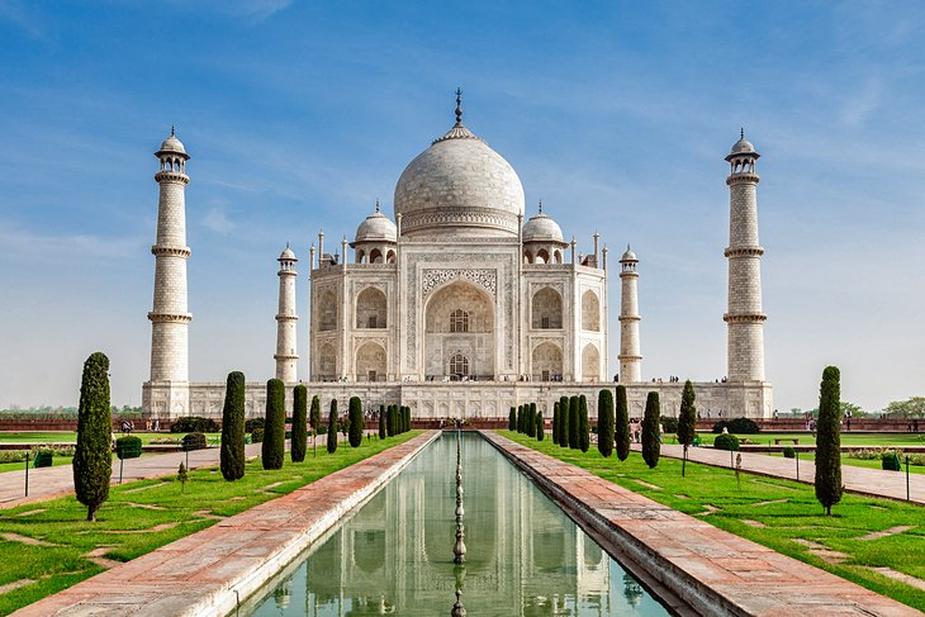
India’s Financial Might: Cash Crops and Trade Imbalance
Imagine making a fortune without ever spending a dime on gold bullion. That was the British experience in India after their victory in the 1750s Bengal invasion. India offered an abundant supply of cash crops like cotton and indigo, grown cheaply under British control. This lucrative extraction came without the costly gold payments Britain was previously forced to make for goods.
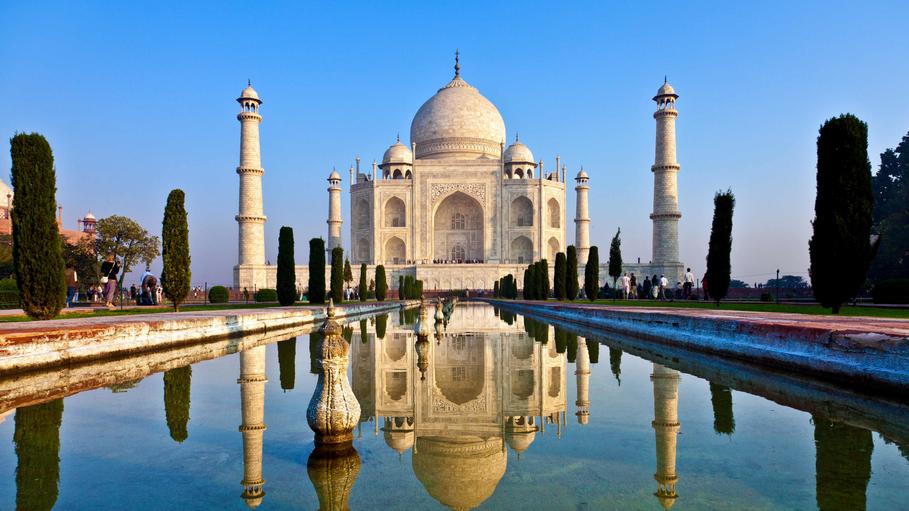
But here’s the kicker: Britain didn’t just take raw materials. It processed them into finished goods—textiles, machinery—and sold these back to India at a hefty markup. This created a trade imbalance where money flooded back into Britain’s coffers. The result? The British economy boomed while India’s own industries suffered, drying up local opportunities but fattening imperial pockets. Funny how the empire’s riches came at India’s expense, right?
Military Power Fueled by India’s Wealth and Manpower

Britain may have been an island nation, but it ruled a vast empire thanks largely to India’s financial support and troops. India funded and supplied the British Army in Asia, making Britain’s military reach far beyond its population size.
The Indian Army wasn’t a mere backup force either. Indian soldiers participated in colonial wars across Asia, Africa, and Oceania. They also played crucial roles in both World Wars, reinforcing Britain’s claim to global dominance. Without India’s soldiers lining the ranks, Britain’s formidable navy would have lacked the robust army to back it up.
Here’s a fun (and strategic) tidbit: the East India Company captured Bengal and controlled 70% of the world’s saltpeter production. Saltpeter, essential for gunpowder, gave Britain a powerful edge. It’s like holding a magic ingredient for empire-building—gunpowder and manpower combined.
Symbolism: Queen Victoria as Empress of India
The phrase “Jewel in the Crown” isn’t just about money and soldiers; it also carried symbolic meaning. After the Sepoy Rebellion of 1857, the British Crown took direct control of India, overthrowing the East India Company’s rule.
Queen Victoria was crowned Empress of India in 1877, marking India’s status as the empire’s crowning glory. This ceremony wasn’t just pomp—it solidified India’s importance in British governance and imperial hierarchy. If Britain was a kingdom, India was its crown jewel, gleaming right at the center.
The Rise and Fall of Indian Textiles: A Tale of Changing Fortunes
https://www.youtube.com/watch?v=ze9OfPK6TyE
Before the Industrial Revolution, Indian textiles were world-renowned. Luxury Indian cloths were prized in Europe and even used to trade for spices in the East Indies. Imagine fine materials like chintz sweeping through European markets as symbols of wealth and style.
However, under British Raj, this dominance didn’t last. Industrialization and British policies pumped cheap manufactured goods back to India, effectively killing off local textile industries. Cash crops, opium, and military power outshone textiles in this imperial equation. The “jewel” sparkled differently: trade and military might rather than traditional crafts.
What Can We Learn From This Glittering Past?
India’s designation as the “Jewel in the Crown” highlights a complex relationship: it wasn’t just a colony but a vital engine powering the British Empire’s wealth and might. The trade imbalance, military leverage, and symbolic prestige intertwined to make India indispensable.
Yet, this gleaming jewel came at a cost—India’s own economic and social fabric endured exploitation and decline. So, when you hear “Jewel in the Crown,” remember it’s a story of wealth for some and hardship for others.
Here’s a thought-provoking question for you: Could any empire survive without such rich colonies today? What would the modern world’s “jewel” look like?
Final Thoughts: Why India Still Shines in History
The British Empire may be history now, but India’s legacy as the “Jewel in the Crown” endures. It was more than a nickname; it was a recognition of India’s unmatched contribution in finance, military power, and imperial identity.
From lucrative cash crops and saltpeter to loyal soldiers and royal ceremonies, India fueled the British dream of a global empire. Yet behind the shine lies a reminder: imperial glory often masks complex stories of exploitation and resilience.
So next time someone drops the phrase “Jewel in the Crown,” you’ll know it’s not just a fancy phrase. It’s a window into the dazzling—and often dark—history of how one land shaped an empire’s fate.
Why was India called the “Jewel in the Crown” of the British Empire?
India was a key source of wealth for Britain. It supplied cheap raw materials and cash crops. Britain sold finished goods back to India at high prices. This trade gave Britain a financial advantage. India also helped fund and supply the British army in Asia.
How did India contribute to the British military power?
India provided soldiers and funds for the British Army in Asia. The Indian army fought in colonial wars worldwide. It played important roles in both World Wars. Control of Indian resources like saltpeter also supported Britain’s military strength.
What economic benefits did Britain gain from India’s resources?
Britain gained access to cheap cash crops and raw materials from India. The trade imbalance favored British industries. India’s saltpeter was crucial for gunpowder production. These resources boosted Britain’s economy and military capabilities.
Why did Queen Victoria become Empress of India?
After the Sepoy Rebellion in 1857, the British government took direct control of India. This ended rule by the East India Company. Queen Victoria was titled Empress of India as a symbol of British sovereignty over the territory.
What was India’s role in the global textile trade before industrialization?
Indian textiles were prized luxury goods in Europe. They were also used to trade for spices from the East Indies. After industrialization, British manufactured textiles overtook Indian cloth, reducing its economic importance during the Raj.
